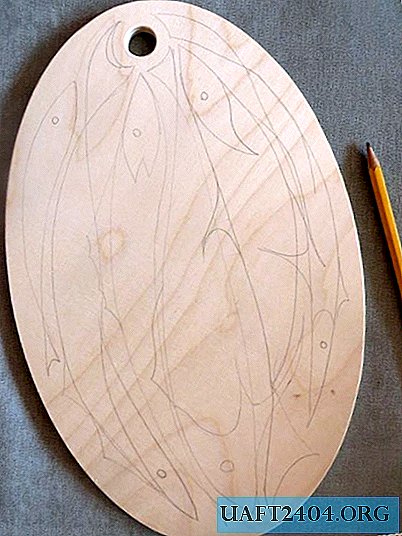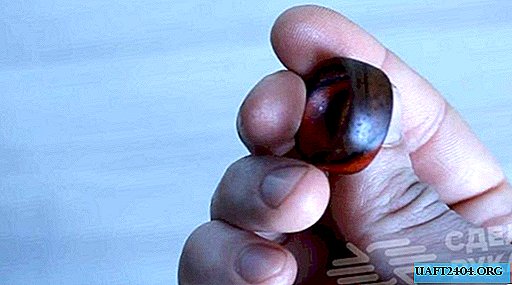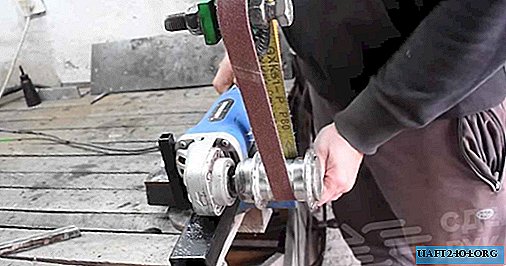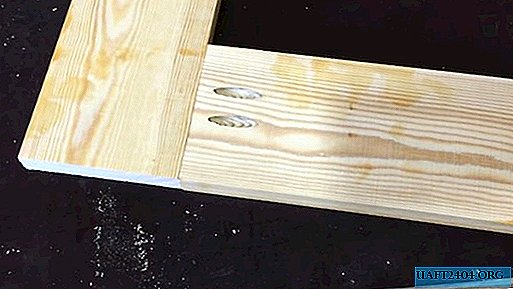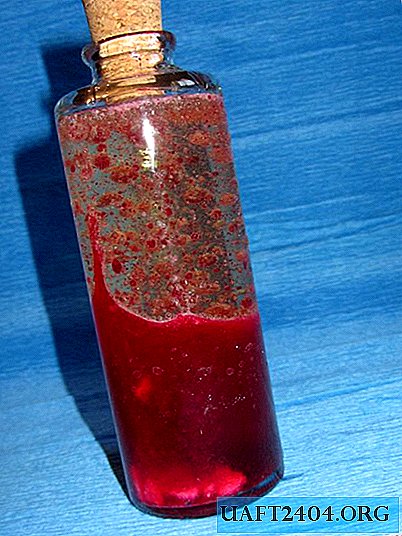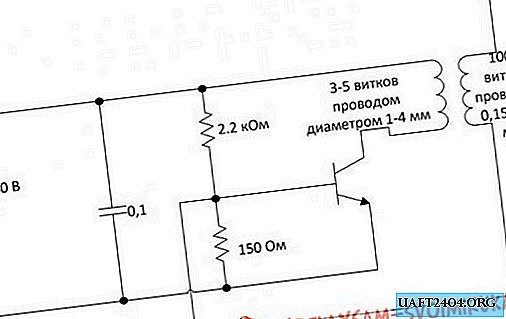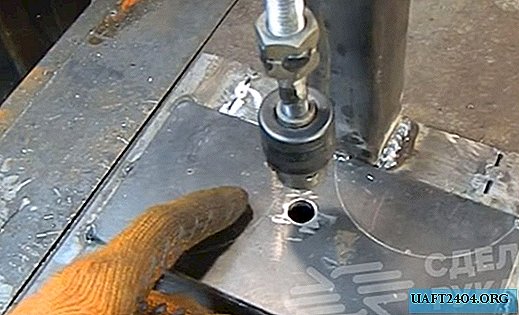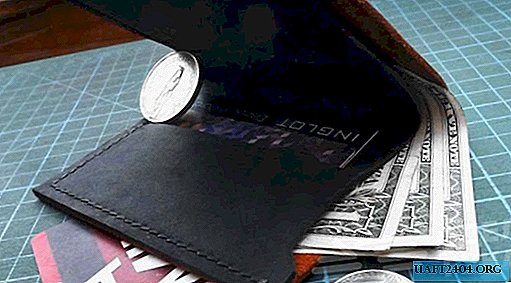Share
Pin
Tweet
Send
Share
Send
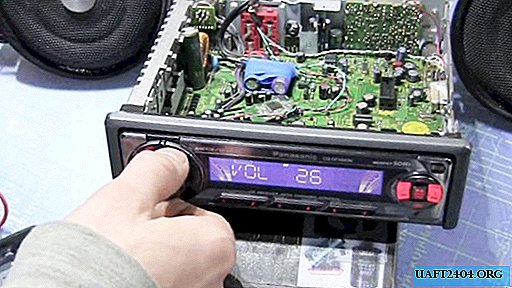
What will be needed for modernization
Firstly, of course the radio itself. The task will be facilitated if your radio has an AUX output. I will have to upgrade a very old model, where naturally there is no AUX output. Therefore, previously I already implemented AUX in it.

We will not be distracted by how to do this, since this is a topic for a separate discussion, relevant materials can be easily found.
We also need a Bluetooth adapter ("whistle"). The first model that came to me was unsuccessful. The audio output turned out to be single-channel (mono), in addition, the model worked unstably. I just had to throw it away. The XS-3868 module ordered in China turned out to be quite good. I will introduce it today in the radio.


Connection process description
Connecting a signal will not cause difficulties even for a beginner. "Earth" can be connected both to the body of the radio and to the AUX connector. We connect the left and right channel of the Bluetooth module with the corresponding contacts on the radio connector. Do not be afraid to mix channels between each other, for listening to music, in my opinion, this is not important. Particularly meticulous hams can get to the truth and make the connection correctly.

Most seriously, we need to approach the issue of power supply of our module. In the case of the Bluetooth adapter for 5 volts, you can connect to the USB connector of the radio, if available. You can also try to find a 5-volt linear stabilizer on the radio board. The labeling of this element may contain the numbers 7805. Of course, it is not a fact that in reserve it has the reserve power needed to power our adapter. The best option is to additionally buy such a stabilizer and assemble the circuit shown here.
As for the XS-3868 module, which I have, the situation is somewhat more complicated. The limits of the necessary supply voltage for it are 3.6 - 4.2 volts. This is unlikely to be found on the radio board. As far as I know, there is no integrated linear stabilizer at 4 volts, in any case, among widespread devices.
It follows that I will have to assemble the power source myself. For this, I took two electrolytic polar capacitors, two ceramic non-polar and a very useful LM317 chip. In addition, you need a pair of resistors to establish the required output voltage. I took one with a nominal value of 1.5 kOhm, the second by 3 kOhm. The calculator link for the LM317 is attached, where you can select the resistor values. There is also a diagram of the voltage regulator based on the LM317.

I assembled this circuit by mounting, simply soldering the parts together.

The permissible input voltage for the LM317 reaches 37 volts, which creates a large margin of reliability, since in the on-board network of the car this value is not higher than 15 volts. At the output of my homemade stub, I found 3.95 volts, that is, just what you need.

Now you can connect Bluetooth and make sure it is working. I feed power to the circuit and look for available Bluetooth devices on my phone. A password is required to enter. In 99 cases out of 100 standard for such devices the password is four zeros (0000).

Having connected to Bluetooth and having connected earphones, I launch an audio file on phone. As a result, I get a real stereo signal. The sound quality personally suits me perfectly.
On the Internet, I met information that this Bluetooth module, when turned on, can briefly consume current up to 1 ampere. For this reason, I chose the LM317 chip, designed for current up to 1.5 amperes. I could not make sure of the presence of a current jump when turning on, because I do not have an oscilloscope, but the multimeter does not respond to such short bursts. According to my observations, constant consumption in the operating mode does not exceed 70 mA.
The XS-3868 module has additional features that I also decided to use. In particular, there are contacts for connecting a microphone, after which our module will be able to work as a Bluetooth headset for talking on the phone.

In addition, there are a number of options that I have not used, but for some they may be useful:
- the ability to connect indicator LEDs;
- built-in charger for lithium battery;
- connection of volume control buttons, buttons "next track", "previous track", "pause".

Next, I select the suitable microphone from the failed headset. I chose a microphone already installed on a small board. I think that in this version it will be even more convenient to mount it.

I pasted the microphone board into the end face of the front panel overlay.
To mount the stabilizer and the Bluetooth module, I found free space on the radio board and used double-sided tape.

I wrapped the headband with electrical tape so as not to accidentally short-circuit anything. Overheating does not threaten him due to the large power reserve. It remains to connect the stabilizer to power. Everything is clear with the ground; it is, as always, on the hull. Now let's deal with the plus. If we connect simply to the plus of the radio, we get constantly working Bluetooth in all modes when the battery is connected to the car. A radio tape recorder is required to save various settings, hours. For our Bluetooth module, this, in principle, is also acceptable, but completely not rational. Therefore, we find the red wire from the ignition switch, the voltage on which appears only when the key is inserted and connect plus a stub to it.

That is, we insert the key into the ignition switch and our Bluetooth starts with the radio. Well, we figured out the connection.

In my upgrade option, I need to somehow perform the AUX output, because in this radio tape recorder it was not originally there. I solved this problem as follows. I just brought the AUX connector to a 10-centimeter wire behind the rear panel of the radio. For those whose AUX mode was present initially, this “collective farm” is not needed.

To test the system, transfer the radio to AUX mode. In my version, this is the radio mode plus an additional switch. We use the system as follows - if we need AUX, we can’t play anything via Bluetooth, and vice versa, we need Bluetooth, we don’t use AUX.
Well, that's all. It remains to install the radio in the car and enjoy the new function.


Conclusion
Links you may need:
Bluetooth module XS-3868.
Voltage stabilizer LM317.
Calculator for LM317.
Voltage stabilizer LM317.
Calculator for LM317.
Watch the video
Share
Pin
Tweet
Send
Share
Send

